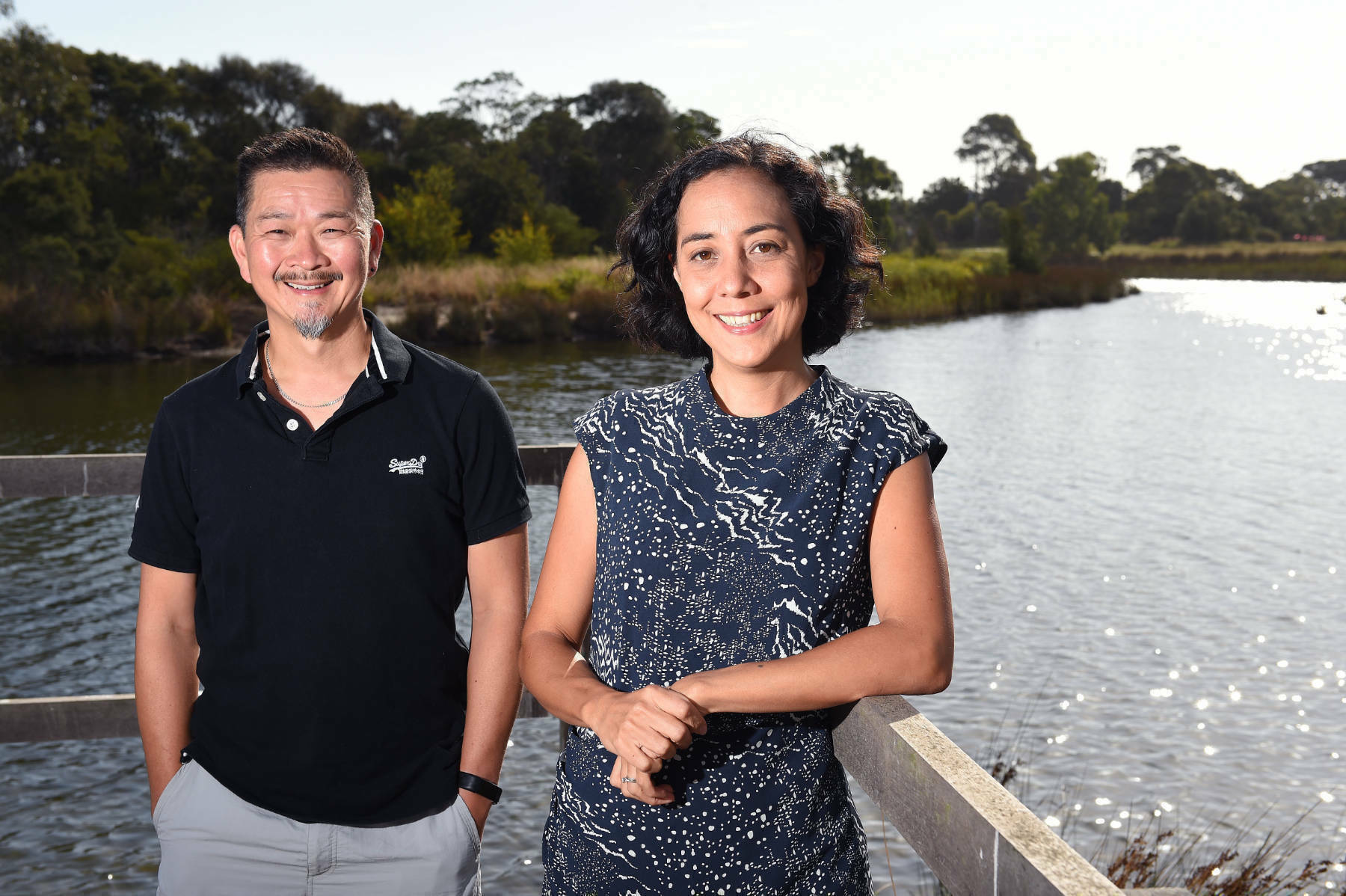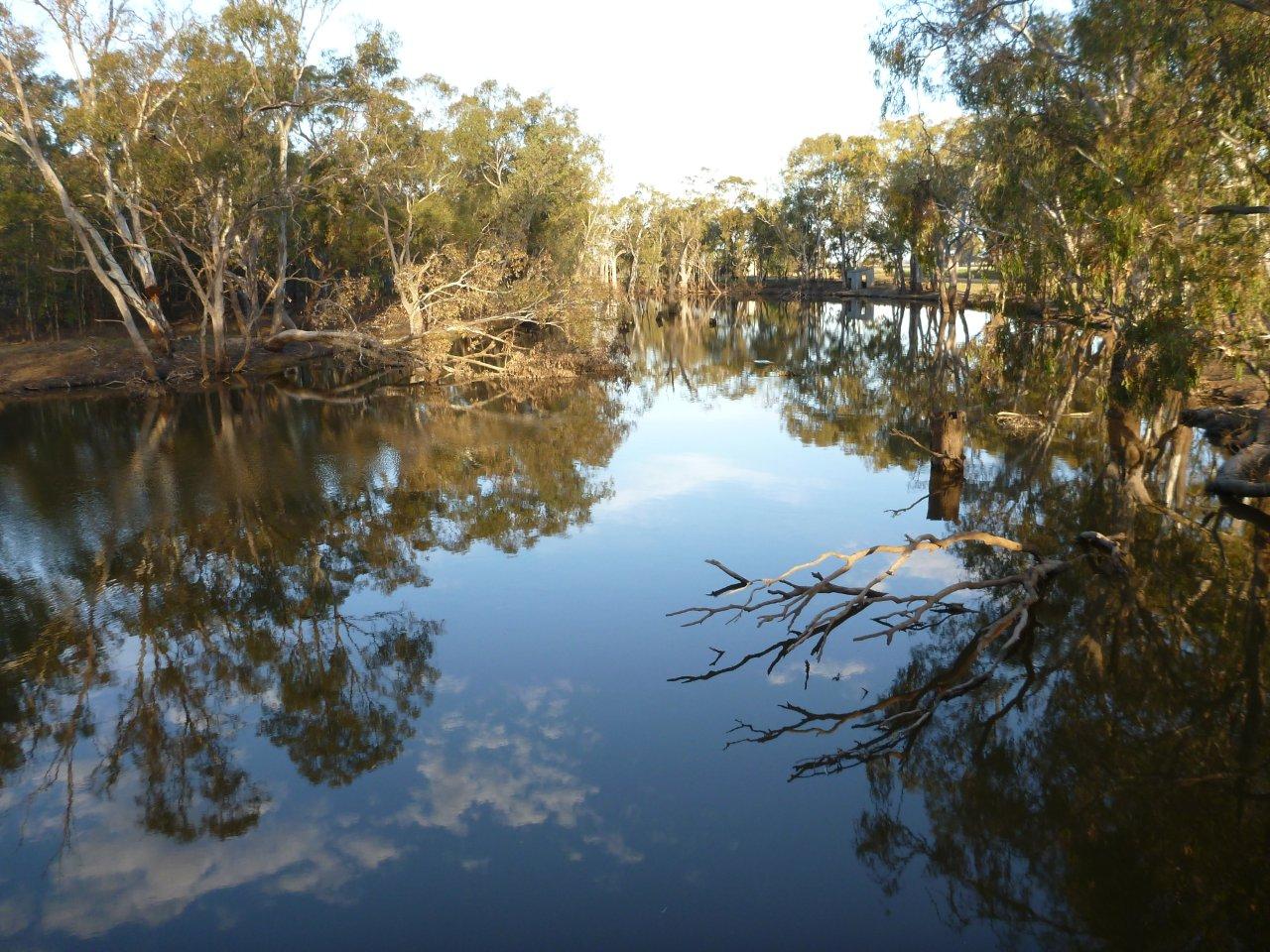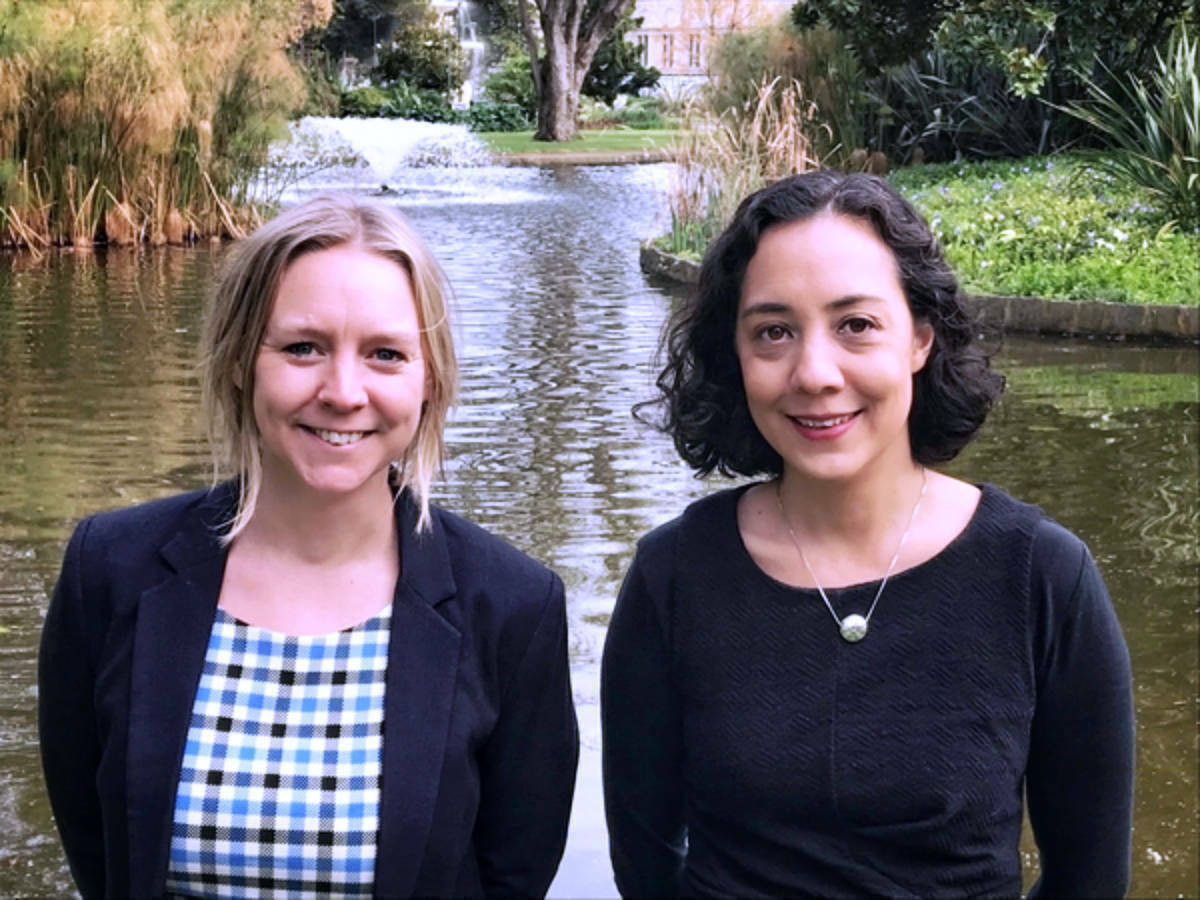Reframing leadership in the river management industry after a pandemic
How can a co-CEO model create better outcomes for rivers?
Authors: Sarina Loo and Kate McKenna
How can a co-CEO model create better outcomes for rivers?
Authors: Sarina Loo and Kate McKenna
The Australian Stream Management Conference was held online in August this year and provides people working in the river and catchment management sector the opportunity to come together and share their knowledge. During the conference, Siwan Lovett, Sarina Loo and Belinda Chapman ran a discussion on why we need to change leadership and work norms in the river industry. This article provides a summary of the key points from Sarina’s talk.
‘Co-CEOs’ is an innovative form of leadership style, which involves two or more people working in the senior management role of a workplace. Job sharing is rare in these roles but, as Sarina Loo, a co-CEO at the Victorian Environmental Water Holder discussed, it can set the tone for the rest of the workplace about how flexible work arrangements can be integrated into an organisation’s operations. Flexibility enables employees to develop arrangements that work for their lives; it opens workplaces and roles to people from diverse backgrounds and time demands outside of work, like young children, volunteering, further education or hobbies. It reinforces a more collaborative and supportive workplace culture. The move over the last two years to working-from-home due to the COVID-19 pandemic has shown that it is possible to reimagine working arrangements that suit everyone – protecting physical health, supporting mental health and ensuring employees are able to provide support for their families when they need to. Now is the time to turbo charge reimagining working arrangements.

In the river management industry, the CEO position is often reserved for those with extensive time and energy availability. This reinforces the notion that work and workplaces must take priority over a balanced life-schedule, which can lead to a stressful working environment for many. The co-CEO model can have great benefits by allowing people with less time availability to take charge, and create a more welcoming workforce looking after our rivers. With more time to recharge away from the office, it allows river managers and CEOs to come to work with a balanced outlook and to take the time to look for more creative, out-of-the box solutions. When we are less stressed, we can develop better relations with important stakeholders, and potentially see better results in our work.
Sarina describes 3-ways to design co-CEO roles:
For the co-CEOs, the split role can improve their personal wellbeing, by giving them the ability to mentally switch off on non-work days when the other CEO is in charge, allowing for a proper recharge. Job sharing also allows individuals to take on senior roles part-time, so they can still progress their careers, without accepting a role below their experience level. Other benefits also include professional skills development from working beside another highly skilled person in the field, as well as learning when to put your ego aside to ensure the best outcome.
Furthermore, a person does not necessarily have to be part-time to be in a job sharing position. In some organisations, job sharers do their part of the job for one part of the week and work on separate projects or roles on the other days.

There are also many benefits on an organisational level. Co-CEOs set the tone from the top, showing employees that they can also work collaboratively with their peers. This stems from a collaborative team culture at the executive leadership level. This promotes collective problem-solving, which often yields better results – as the saying goes ‘two heads are better than one’. Additionally, the ‘built-in continuity’ of the co-CEO design means organisations can increase productivity as job sharers are able to rely on each other to get the work done efficiently. This also has the benefit of creating more accountability in the workplace – as Sarina put it “how much more extra care and effort would you put into writing emails to colleagues or stakeholders if you were also representing another person professionally”. This accountability can also translate to better and quicker results as people have to rely on each other to finish their parts of the job on time.
The co-CEO model also helps organisations improve diversity and inclusion in the workplace. This is because creating more part-time roles means more people are able to work in these positions at higher levels. The model allows for job sharers to undertake career development courses while the other person takes over the role.

The co-CEO model can contribute to society by reducing work-related stress and anxiety, which can improve the interactions people have with their friends and families outside of work. It also helps reduce societal female brain-drain as more women are able to simultaneously work part time in leadership positions and are still able to have a family life. It also allows more men to take part in caretaking roles in their families.
Championing a more diverse representation of the population in leadership roles has benefits for society in a broader sense. It sets an example and can inspire young women that are aiming to hold leadership roles in these sectors. The model demonstrates that a work-life balance is not off the cards if you want to aim for leadership and CEO roles, and still take time to look after others, have a hobby, ease into retirement or develop further skills through education.
Worryingly, a census in 2020 of the ASX top 200 companies found that over the course of the pandemic, the numbers of women in leadership dropped from 12 in 2019 to 10 in 2020, as well as a concerning increase from 57% to 65% of Australian companies having no women in any executive leadership roles. Certainly, the co-CEO model would help to bring more women into leadership roles and ensure everyone has a workplace that supports their needs.
The co-CEO model at the Victorian Environmental Water Holder has shown us that flexible working arrangements in the river and catchment management sector can be reimagined and are possible for people in leadership roles. Boards and Executive Teams just need to be brave and innovative enough to give them a go.
Featured photo by Amy Hirschi on Unsplash.